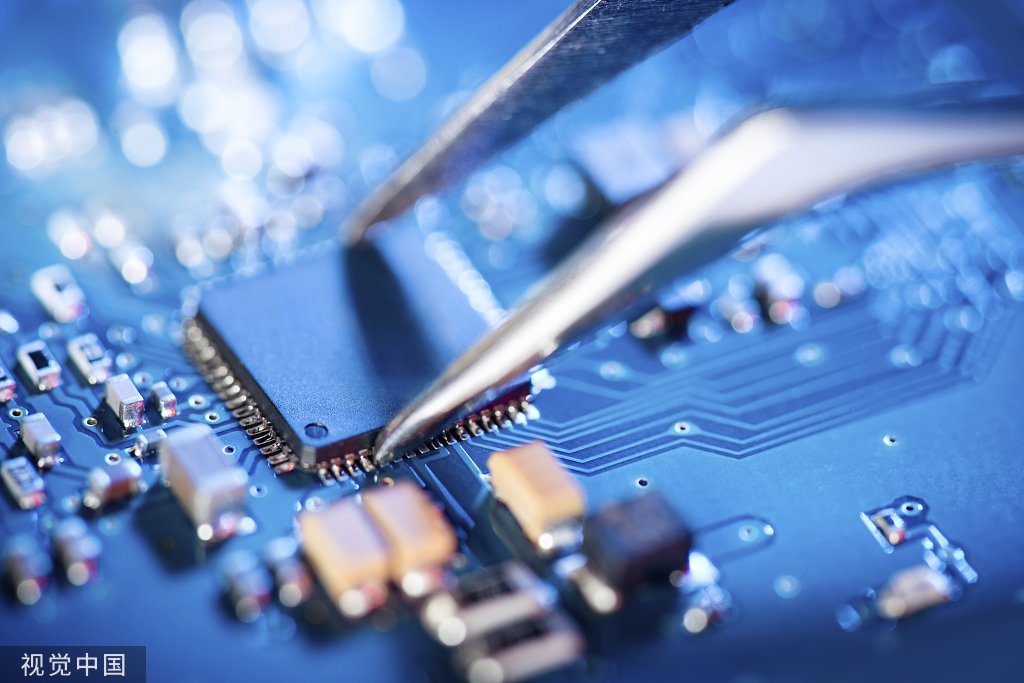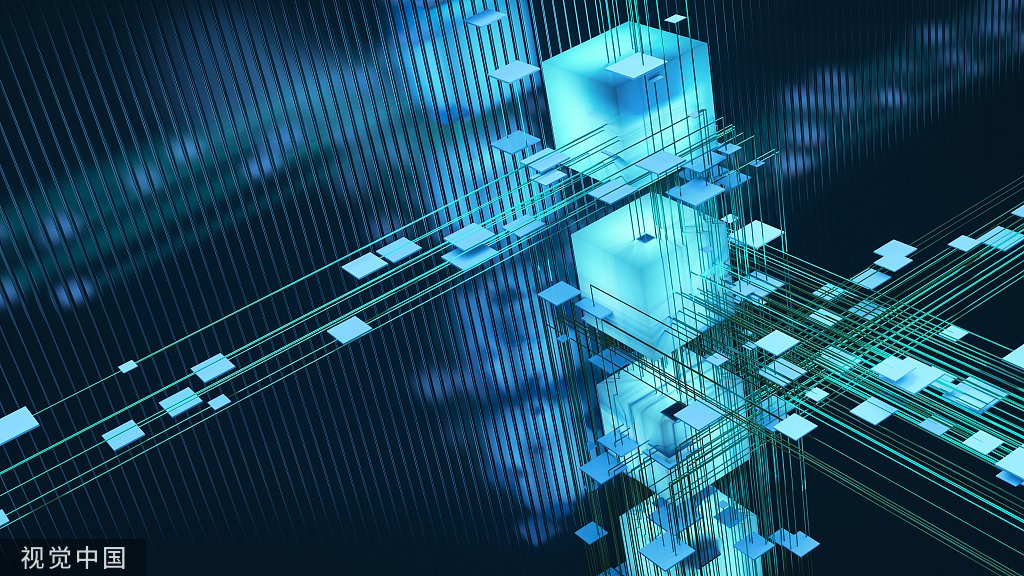Understanding the cost of circuit boards is crucial for anyone involved in electronics, whether you’re a hobbyist, an engineer, or a business looking to manufacture a new product. The price of a printed circuit board (PCB) can vary widely based on several factors, including design complexity, materials, manufacturing processes, and additional services required. In this comprehensive guide, we’ll delve into these factors and provide a clear picture of how much you can expect to pay for a circuit board, with a special focus on Arisentec’s offerings.
Factors Affecting PCB Costs
1. Design Complexity
The complexity of the PCB design is a major determinant of its cost. A simple single-layer PCB will be significantly cheaper than a multi-layer PCB with intricate design features. The more layers and the more complex the routing, the higher the cost.
Key Considerations:
– Number of layers: Single-layer, double-layer, and multi-layer PCBs have different costs.
– Trace width and spacing: Tighter spacing and thinner traces can increase manufacturing difficulty and cost.
– Board size: Larger boards require more material and longer processing times.
At Arisentec, we offer advanced PCB design services that ensure optimal performance and cost-efficiency. Our expert engineers can help you design PCBs that meet your specifications without unnecessary complexity.
2. Materials
The materials used in PCB manufacturing also play a significant role in determining the cost. The base material, typically FR-4 (a type of fiberglass), is standard, but other materials like Rogers, polyimide, or metal-core substrates can be used for specific applications, often at a higher cost.
Material Options:
– FR-4: Common and cost-effective.
– Rogers: Higher performance for high-frequency applications but more expensive.
– Polyimide: Used for flex PCBs, offering flexibility and heat resistance, with a higher price tag.
Arisentec provides a variety of material options to suit different application needs, ensuring you get the best material for your specific requirements.
3. Manufacturing Processes
The manufacturing processes and technologies employed can significantly impact the cost. Advanced techniques like high-density interconnect (HDI), via-in-pad, and controlled impedance are more expensive but necessary for certain high-performance applications.
Advanced Manufacturing Techniques:
– HDI: Allows for denser component placement but is costlier.
– Via-in-pad: Reduces space but increases manufacturing complexity.
– Controlled impedance: Essential for high-speed signal integrity, adding to the cost.
4. Quantity
The number of PCBs ordered also affects the price. Larger quantities typically result in lower per-unit costs due to economies of scale. However, small prototype runs can be more expensive per unit.
5. Additional Services
Additional services like PCB assembly, testing, and turnkey solutions can add to the overall cost. Arisentec offers comprehensive services, including PCBA manufacturing and turnkey PCB assembly, which streamline the process but at an added cost.
Additional Services:
– PCB Assembly (PCBA): Involves placing and soldering components on the board.
– Turnkey PCB Assembly: Includes the entire process from sourcing components to final assembly and testing.
– Testing: Ensures the PCBs function correctly, adding to the cost but improving reliability.
Cost Breakdown by PCB Type
1. Prototype PCBs
Prototype PCBs are usually more expensive per unit due to low quantities and the need for quick turnarounds. Companies offering fast PCB prototyping services can expedite the process but at a higher cost.
Arisentec provides quick turn PCB prototypes that are ideal for testing new designs rapidly, allowing you to bring your products to market faster.
2. Standard PCBs
For standard applications, the cost is moderate and depends largely on the factors mentioned above. Best PCB manufacturers in China, like Arisentec, provide competitive pricing for bulk orders, making it cost-effective for larger projects.
3. Flex PCBs
Flex PCBs, made from flexible materials like polyimide, are more expensive due to their specialized manufacturing process. However, they are essential for applications requiring bending and flexibility.
4. Complex Multi-layer PCBs
Multi-layer PCBs are more costly due to the added complexity in design and manufacturing.
Cost Examples
1. Simple Single-Layer PCB
– Material: FR-4
– Layers: 1
– Size: 100mm x 100mm
– Quantity: 10
– Cost: Approximately $10-$20 per board
2. Multi-Layer PCB
– Material: FR-4
– Layers: 4
– Size: 100mm x 100mm
– Quantity: 100
– Cost: Approximately $20-$50 per board
3. High-Frequency PCB
– Material: Rogers
– Layers: 6
– Size: 100mm x 100mm
– Quantity: 100
– Cost: Approximately $50-$100 per board
4. Flex PCB
– Material: Polyimide
– Layers: 2
– Size: 100mm x 100mm
– Quantity: 50
– Cost: Approximately $30-$60 per board
How to Reduce PCB Costs
1. Optimize Design: Simplify the PCB design by reducing the number of layers and minimizing complex features where possible.
2. Choose Standard Materials: Use standard materials like FR-4 unless your application requires specialized materials.
3. Order in Bulk: Larger orders reduce the per-unit cost due to economies of scale.
4. Work with Reputable Manufacturers: Partner with reliable manufacturers like Arisentec, which offer competitive pricing and high-quality products.
Arisentec provides excellent cost-saving options without compromising on quality. By leveraging their expertise and state-of-the-art facilities, you can achieve significant savings on your PCB projects.
Additional Services and Their Impact on Cost
1. PCB Assembly (PCBA)
PCB assembly involves placing and soldering electronic components onto the PCB. This process can be complex and requires precision to ensure functionality and reliability.
2. Turnkey PCB Assembly
Turnkey PCB assembly is an all-inclusive service that covers the entire production process, from component sourcing to assembly and testing. This service is highly convenient but adds to the overall cost.
3. Testing and Quality Assurance
Testing is a critical part of the PCB manufacturing process, ensuring that each board functions correctly and meets the required specifications. Comprehensive testing and quality assurance can add to the cost but significantly enhance the reliability and performance of the final product.
Conclusion
The cost of a circuit board can vary widely based on multiple factors, including design complexity, materials, manufacturing processes, and additional services. Understanding these factors can help you make informed decisions and optimize your PCB designs to balance performance and cost. For high-quality PCBs, partnering with reputable manufacturers like Arisentec can ensure you receive the best value for your investment.
Arisentec stands out as one of the best PCB manufacturers in China, offering a full range of services from PCB design to assembly and testing. Their commitment to quality, competitive pricing, and customer satisfaction makes them an ideal partner for all your PCB needs. Whether you require quick turn PCB prototypes, flex PCBs, or full turnkey PCB assembly, Arisentec provides solutions that combine quality, reliability, and affordability.
For more information or to start your next PCB project, visit Arisentec today.
Choosing the Right Wires for Breadboard Wiring: A Comprehensive Guide
Breadboards are a staple in electronic circuit building, offering flexibility and ease of use for both beginners and professionals. However, one of the most critical aspects of working with breadboards is selecting the right wires. The wires you choose can impact not only the functionality of your circuit but also its longevity and ease of…
How to Improve Heat Dissipation in PCB Design
Introduction As modern electronic devices become more complex and power-dense, heat dissipation has emerged as a critical factor that directly impacts device performance and reliability. Excessive junction temperatures in electronic systems can shorten the lifespan of components and lead to system failure. Thus, optimizing the PCB (Printed Circuit Board) design to improve heat dissipation is…
Manufacturing Process of Multilayer PCBs
Multilayer PCB manufacturing methods include the plated-through hole (PTH) and high-density interconnect (HDI) methods, both achieved by combining different processes to realize the circuit board structure. Currently, the most widely used method is the PTH method, which has been developed and refined over more than half a century. The PTH method is mature in terms…


